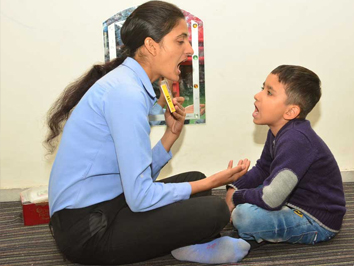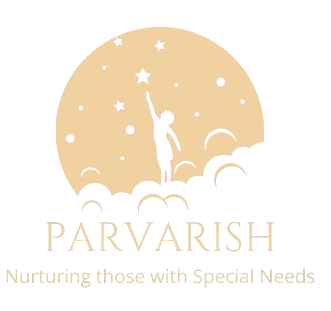
Special Education
Special education plans, such as Individualized Education Programs (IEPs) , are vital tools designed to provide personalized educational support for children with autism or other special needs. These plans ensure that children receive the appropriate accommodations, modifications, and services to succeed academically, socially, and emotionally. Special education plans are developed through collaboration between educators, parents, and specialists, fostering an inclusive learning environment that caters to each child's unique needs.
The Role of Special Education Plans
Individualized Education Program (IEP)
An IEP outlines the specific educational goals, services, accommodations, and supports required for a child with special needs. The key components of an IEP include:
Comprehensive Assessment:
An IEP begins with a thorough evaluation of the child's strengths, weaknesses, and needs. This assessment is conducted by a team of professionals, including teachers, therapists, and psychologists, in collaboration with parents.
Goal Setting:
Based on the assessment, specific, measurable, achievable, relevant, and time-bound (SMART) goals are established. These goals address academic, social, emotional, and functional skills.
Specialized Instruction:
The IEP outlines the types of specialized instruction and support services the child will receive, such as speech therapy, occupational therapy, or behavioral interventions.
Accommodations and Modifications:
The plan details any necessary accommodations (e.g., extended time on tests, preferential seating) and modifications (e.g., simplified assignments) to ensure the child can access the general education curriculum.
How Special Education Plans Work
Special education plans work through a collaborative, systematic process involving several steps:
1. Referral and Assessment:
Referral: A child can be referred for special education services by parents, teachers, or healthcare professionals.
Assessment: A comprehensive evaluation is conducted to determine the child's needs and eligibility for special education services.
2. Development of the Plan:
IEP Team Meeting: An IEP team, including parents, teachers, specialists, and school administrators, meets to develop the plan.
Goal Setting: The team establishes specific goals and outlines the services, accommodations, and modifications required to achieve them.
3. Implementation:
Service Delivery: The child receives the specified services and supports within the general education setting or a specialized program, depending on their needs.
Accommodations and Modifications: Teachers and school staff implement the necessary accommodations and modifications to support the child's learning.
4. Monitoring and Review:
Progress Monitoring: The child's progress is regularly assessed, and adjustments are made to the plan as needed.
Annual Review:
The IEP team meets at least once a year to review and update the plan, ensuring it continues to meet the child's needs.
When is a Special Education Plan Required?
Special education plans are required when a child with autism or other special needs demonstrates difficulties in accessing the general education curriculum or participating in school activities. Key indicators include:
Developmental Delays:
If a child shows delays in areas such as communication, social skills, or academic performance, they may benefit from a special education plan.
Behavioral Challenges:
Children with significant behavioral issues that impact their learning or the learning of others may require additional support through an IEP .
Physical or Sensory Impairments:
Children with physical disabilities or sensory impairments that affect their ability to participate in school activities may need accommodations and modifications.
Chronic Health Conditions:
Children with chronic health conditions that interfere with their education may require to address their needs
Expected Outcomes for Parents
Parents can expect several positive outcomes from special education plans, including:
Improved Academic Performance:
With targeted support and accommodations, children are better equipped to succeed academically and achieve their educational goals.
Enhanced Social and Emotional Development:
Special education plans address social and emotional skills, helping children develop positive relationships and self-regulation strategies.
Better Communication and Collaboration:
Parents, educators, and specialists work together to create a cohesive support system, ensuring that the child's needs are met consistently.
Greater Access to Resources:
Special education plans provide access to additional resources and services, such as therapy, assistive technology, and adaptive equipment.
Parvarish Role
At Parvarish we understand the importance of special education plans, along with other support services and interventions that can complement these plans. At Parvarish we incorporate Speech therapy, occupational therapy, and behavioural interventions which can further enhance the child's development and provide a comprehensive support system tailored to their unique needs. We at Parvarish believes in Embracing a holistic approach ensures that the child receives the best possible care and opportunities for growth.
